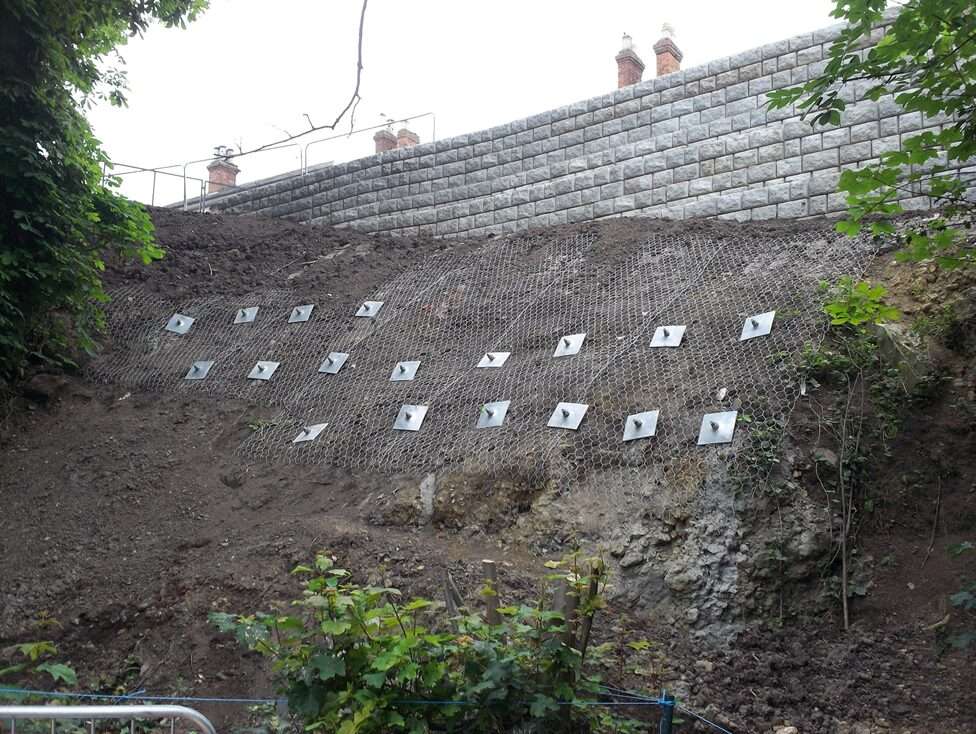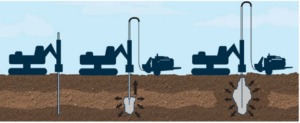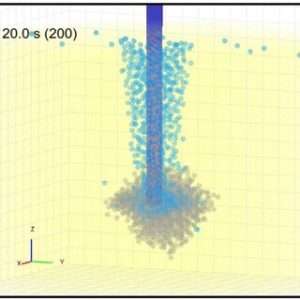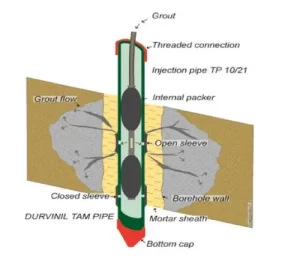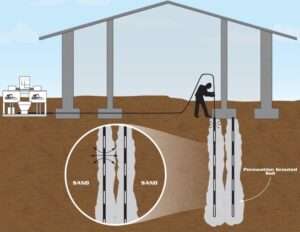When it comes to stabilizing slopes and retaining walls, engineers and contractors have a variety of tools at their disposal. One of the most effective and widely used is the cable anchor system. This article will delve into the world of cable anchors, exploring what they are, how they work, and why they’re so crucial for ensuring the stability and safety of slopes and retaining walls.
What are Cable Anchors?
At its core, a cable anchor is a type of ground anchor that uses cables and anchors to provide stability to slopes and retaining walls. The system typically consists of the following components:
- Cables: These are the primary elements that provide the anchoring force. They’re typically made of high-strength steel and are anchored into the ground.
- Anchors: These are the points where the cables are secured into the ground. They can take the form of grouted anchors, deadman anchors, or other types depending on the specific application.
- Plates and Wedges: These components distribute the force of the cables across the face of the slope or wall, providing additional stability.
How Do Cable Anchors Work?
The principle behind cable anchors is simple yet powerful. By anchoring cables deep into stable ground and securing them to the face of the slope or wall, they provide a force that counteracts the natural tendency of the soil or rock to move downslope. This stabilizing force helps prevent erosion, landslides, and wall failures.
The process of installing cable anchors typically involves the following steps:
- Design: Engineers carefully design the anchor system, taking into account factors like the geometry of the slope, the type and stability of the soil or rock, and the anticipated loads.
- Drilling: Holes are drilled into the ground at the specified anchor points.
- Installation: The cables are inserted into the holes and anchored in place, often with grout or other anchoring materials.
- Tensioning: The cables are then tensioned to the specified load, and secured to plates and wedges on the face of the slope or wall.
Why are Cable Anchors So Effective?
Cable anchors offer several advantages that make them a go-to solution for stabilizing slopes and retaining walls. These include:
- High Capacity: Cable anchors can resist extremely high loads, making them suitable for large and complex stabilization projects.
- Flexibility: They can be used in a wide range of geotechnical conditions, from soft soils to hard rock.
- Long-Term Reliability: When properly installed and maintained, cable anchors can provide decades of reliable service.
- Cost-Effectiveness: Compared to other stabilization methods, cable anchors are often more economical, especially for larger projects.
Real-World Applications of Cable Anchors
Cable anchors are used in a vast array of applications where slope and wall stability are critical. These include:
- Highway and Railway Cut Slopes: Cable anchors help prevent landslides and rockfalls that could impact traffic.
- Retaining Walls: They provide additional stability to walls, preventing collapse and ensuring the safety of structures behind the wall.
- Dam and Levee Stabilization: Cable anchors help secure the slopes and walls of critical water infrastructure.
- Mining and Excavation: They’re used to stabilize rock faces and prevent failures in mining and excavation applications.
Conclusion
Cable anchors are a powerful tool in the arsenal of geotechnical engineers and contractors. By providing a high-strength anchoring force, they play a crucial role in stabilizing slopes and retaining walls, preventing failures and ensuring safety. As infrastructure projects continue to push the boundaries of what’s possible, the importance of cable anchors will only continue to grow.


